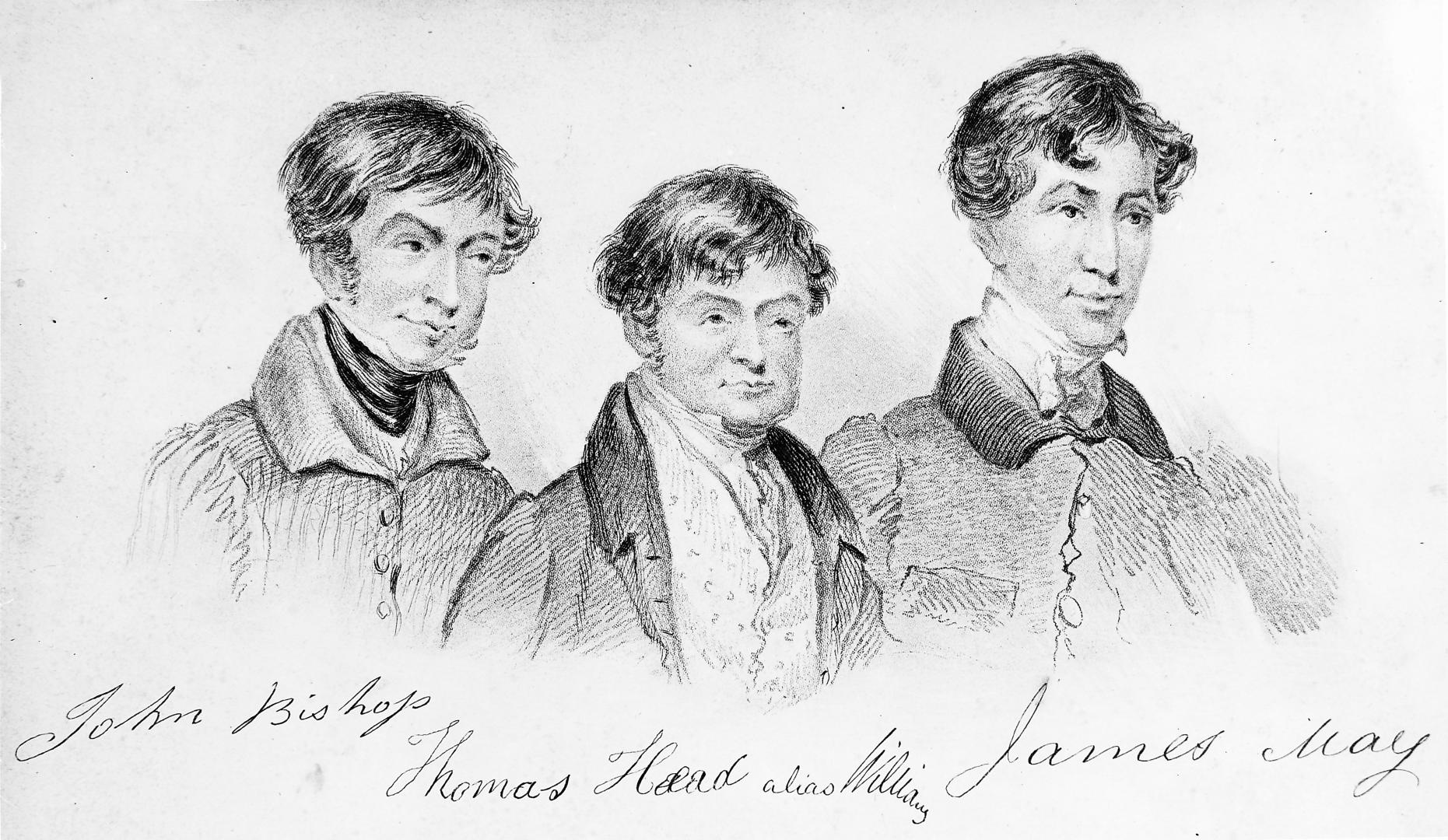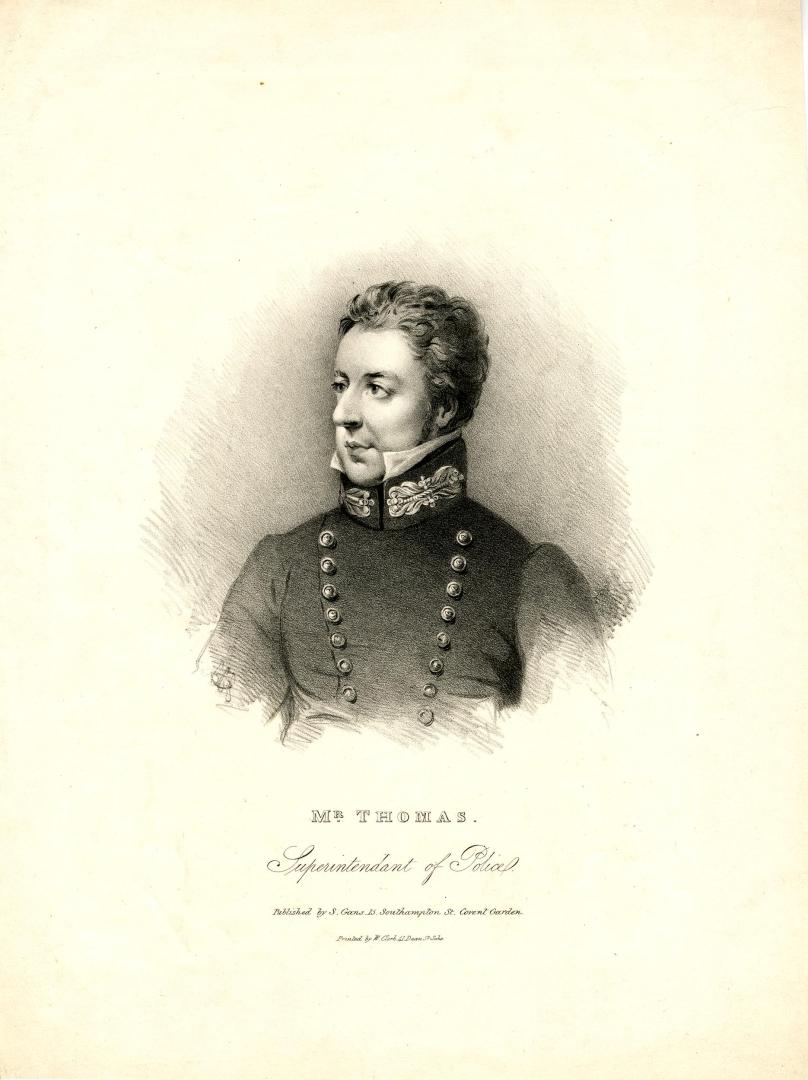
d: 1831
John Bishop
Summary
Name:
John BishopNickname:
London BurkersYears Active:
1819 - 1831Status:
ExecutedClass:
MurdererVictims:
3+Method:
Drugging / DrowningDeath:
December 05, 1831Nationality:
United Kingdom
d: 1831
John Bishop
Summary: Murderer
Name:
John BishopNickname:
London BurkersStatus:
ExecutedVictims:
3+Method:
Drugging / DrowningNationality:
United KingdomDeath:
December 05, 1831Years Active:
1819 - 1831bio
John Bishop was a working-class resident of early 19th-century London, living in a marginal community within the decaying slum of Nova Scotia Gardens, in Bethnal Green. Bishop was based at Nova Scotia Gardens, a dreary former brickfield north-east of St Leonard’s Shoreditch, later turned into a slum riddled with makeshift cottages that sat below ground level and were prone to flooding.
There, he allied with Thomas Williams, James May (a butcher also called Jack Stirabout or Black Eyed Jack), and Michael Shields to form what became known as the “London Burker”.
murder story
John Bishop, alongside Thomas Williams, Michael Shields, and James May (aka Jack Stirabout or Black‑Eyed Jack), formed a notorious gang of resurrectionists active at Nova Scotia Gardens, a former brickfield turned swampy slum near Shoreditch and Bethnal Green. For over a decade, Bishop admitted in his confession to procuring between 500 and 1,000 bodies from graves across London, which they sold to surgeons from top institutions like St. Bartholomew's, St. Thomas', and King’s College.

By October 1831, the gang had escalated their criminal methods to outright murder. Their first confirmed victim in this spree was Frances Pigburn, a destitute woman sleeping rough in Shoreditch. On 9 October, she was lured into a cottage, drugged, and drowned in the well. Her body was sold to surgeons, initially offered to St Thomas’s Hospital and eventually accepted by an intermediary, Mr. Grainger, for eight guineas.
Just 12 days later, on 21 October, they targeted Cunningham, a sleeping boy found in the Smithfield pig market. Deceived by promises of lodging, he was drugged with a risky concoction and submerged in the same well. The corpse was sold to St Bartholomew’s for eight guineas.
But the tipping point came when they murdered a 14-year-old boy, likely Carlo (or Charles) Ferrari, on 3 November. Bishop and Williams brought his unusually fresh body to King’s College. Anatomist Richard Partridge examined the cadaver, noting signs incompatible with a legitimate death, bloodshot swollen eyes, unusual freshness, and a cut on the temple, raising immediate suspicions. Their earlier offer at Guy’s Hospital had been turned down; King’s College eventually agreed, then alerted the police.
Acting on t

he suspicions, Superintendent Joseph Sadler Thomas searched Nova Scotia Gardens on 19 November, uncovering clothing hidden in wells and privies, evidence that pointed to multiple murders, not just body-snatching. The gang was arrested and brought to trial at the Old Bailey on 2–3 December 1831, where Bishop (33), Williams (26), and May (30) were found guilty. The court's windows were left open so the press and public could witness the sentence being delivered.
More than 30,000 people watched as they were hanged at Newgate on 5 December. Bishop and Williams’s post-mortem bodies were dissected at Bishop’s at King’s College for anatomy lectures.